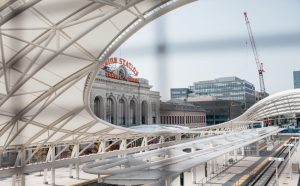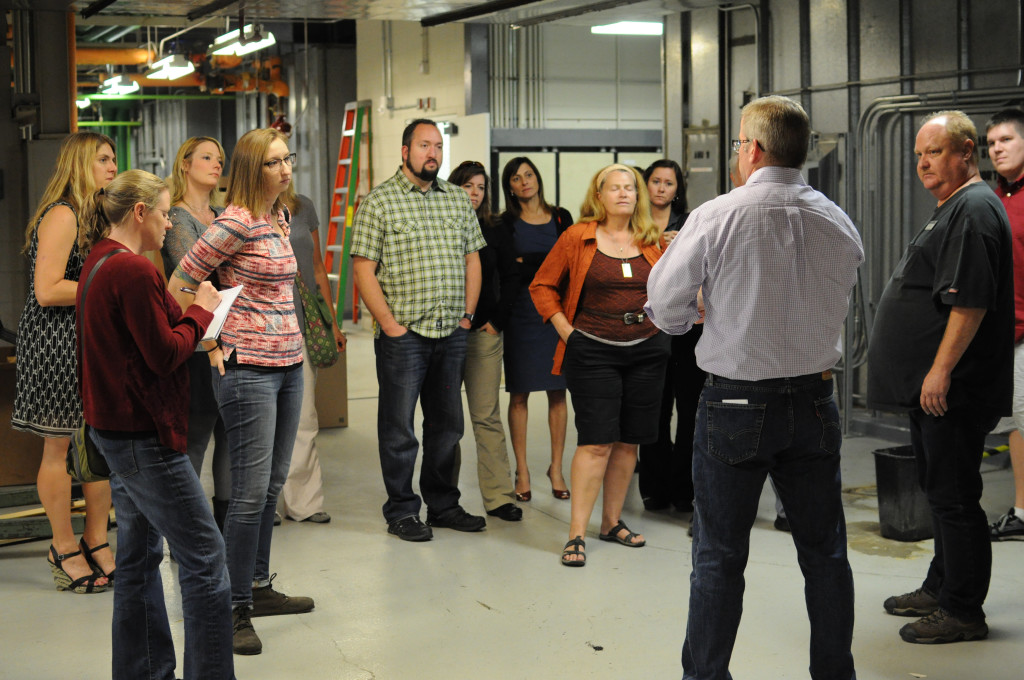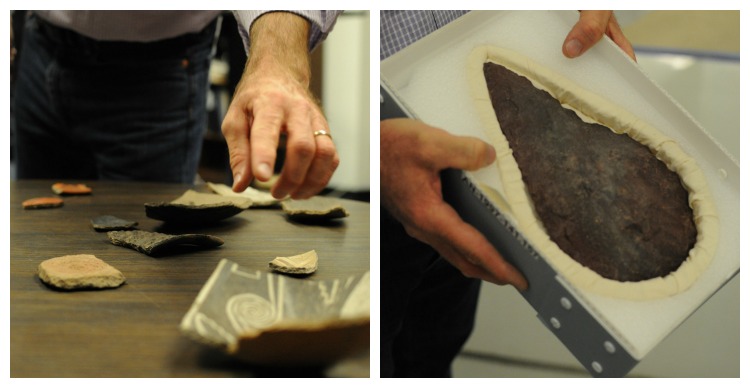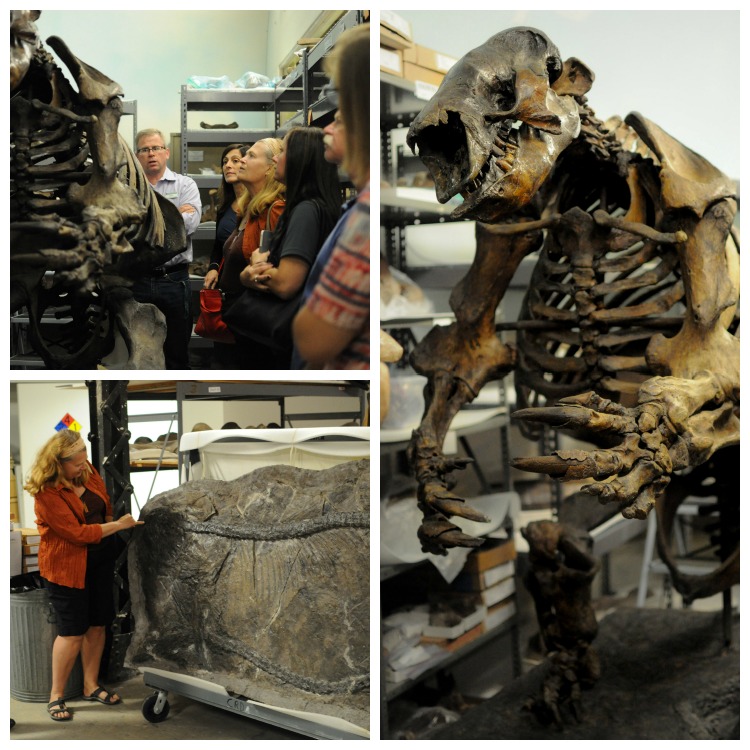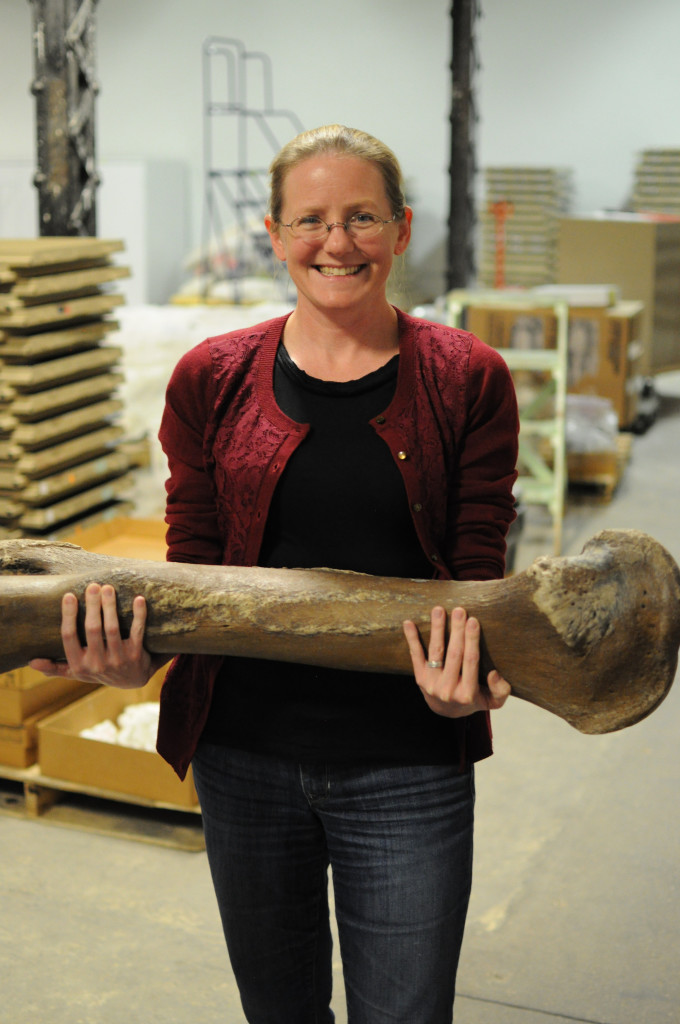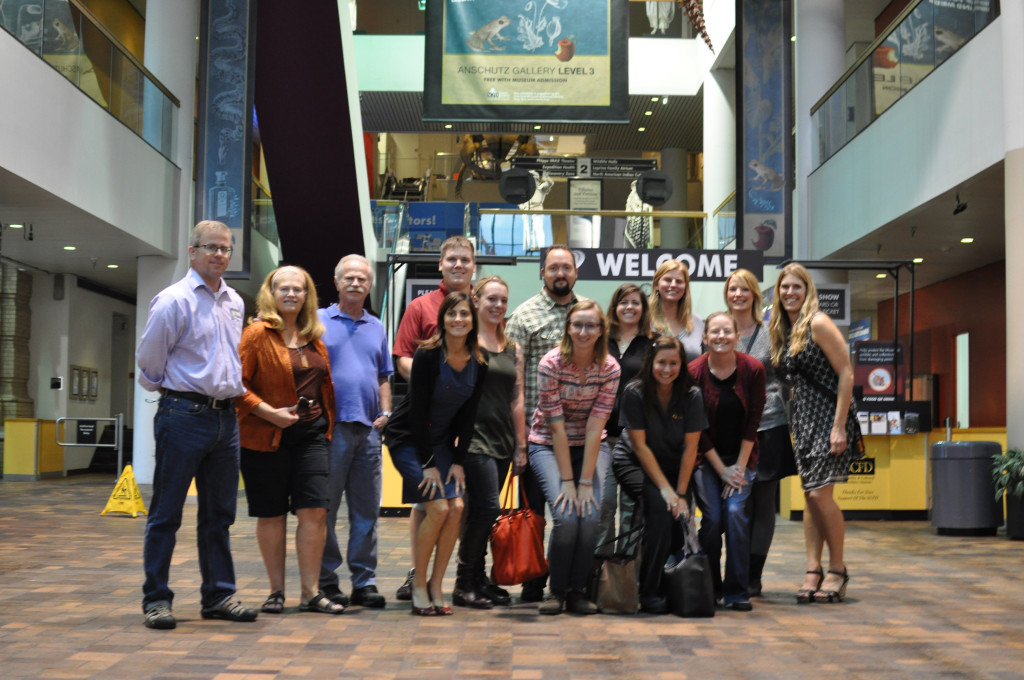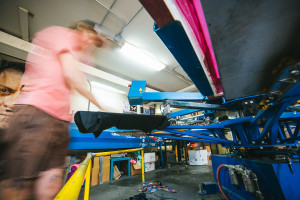This past weekend, our neighbors held a Halloween block party. It was fun to see all the neighborhood kids dressed as princesses, prisoners, and werewolves, but even more interesting to hear the stories that went into costume development, and the reactions of the kids as they previewed what their friends would be wearing for Halloween.
“My son is so excited about Star Wars that he just had to be a storm trooper this year,” said one mom as her four-year-old kept smacking my ankles with his light saber. “We had to go to four stores to get a light saber that actually lit up,” she added, looking a little exhausted at the idea. Since I don’t have kids, Halloween is usually a pretty stress-free affair for me – I can either choose to be home to give out candy, or not. But in talking to this mom, I realized the stakes can be significantly higher for parents who have to help choose – and procure – the “perfect” costume to ensure their kids feel happy and confident on the big night. Decisions on what treats to give must be equally stressful!
My neighbor’s costume ordeal reminded me of the recent TEDxMileHigh talk by mindfulness educator, Kristen Race at the “Ideas at Play” event in September, entitled Generation Stress: From Surviving to Thriving. A mother of three and a self-described “perfectionist,” Race told the story of her sixth-grade daughter, who HAD to have a chandelier (yes, really!) for her locker at school this year (because, you know, everyone else was getting them…).
Race, who teaches mindfulness to both adults and children to help them cope with stress, said research shows that recognizing positive experiences for two weeks can help stressed-out people can significantly lower depression and burnout, increase happiness, improve sleep and create a better work/life balance. Reframing challenges and performing small acts of kindness also help as stress reducers.
Race plays a game with her own kids called “Rose, Bud, Thorn,” in which they talk about a good experience they had that day (the rose), a mistake they learned from (the thorn), and an act of kindness they performed (the bud). The entire process takes just a few minutes, she says, but the benefits are immeasurable. “Rose, Bud, Thorn” enables her family become mindful of positive experiences, and helps restore calm after a hectic day.
As Halloween approaches, stressed-out parents may want to take fifteen minutes and watch Kristen Race’s inspirational talk. After all, modern living, Race says, is an extreme sport. I guess that would make Halloween just one of the competition fields!
How will you stay stress-free this Halloween?









